Of all of the places in the world, Aston Martin's newly revealed DBS Superleggera will today make its global public premiere in ... Auckland?
Just last week, the British marque whipped the covers off their twin-turbo V12 "Super GT" coupé. Since then, very few have actually seen one in the flesh. Only Aston Martin customers and select media outlets have been able to access the Superleggera via a handful of private showings in places like Sydney.
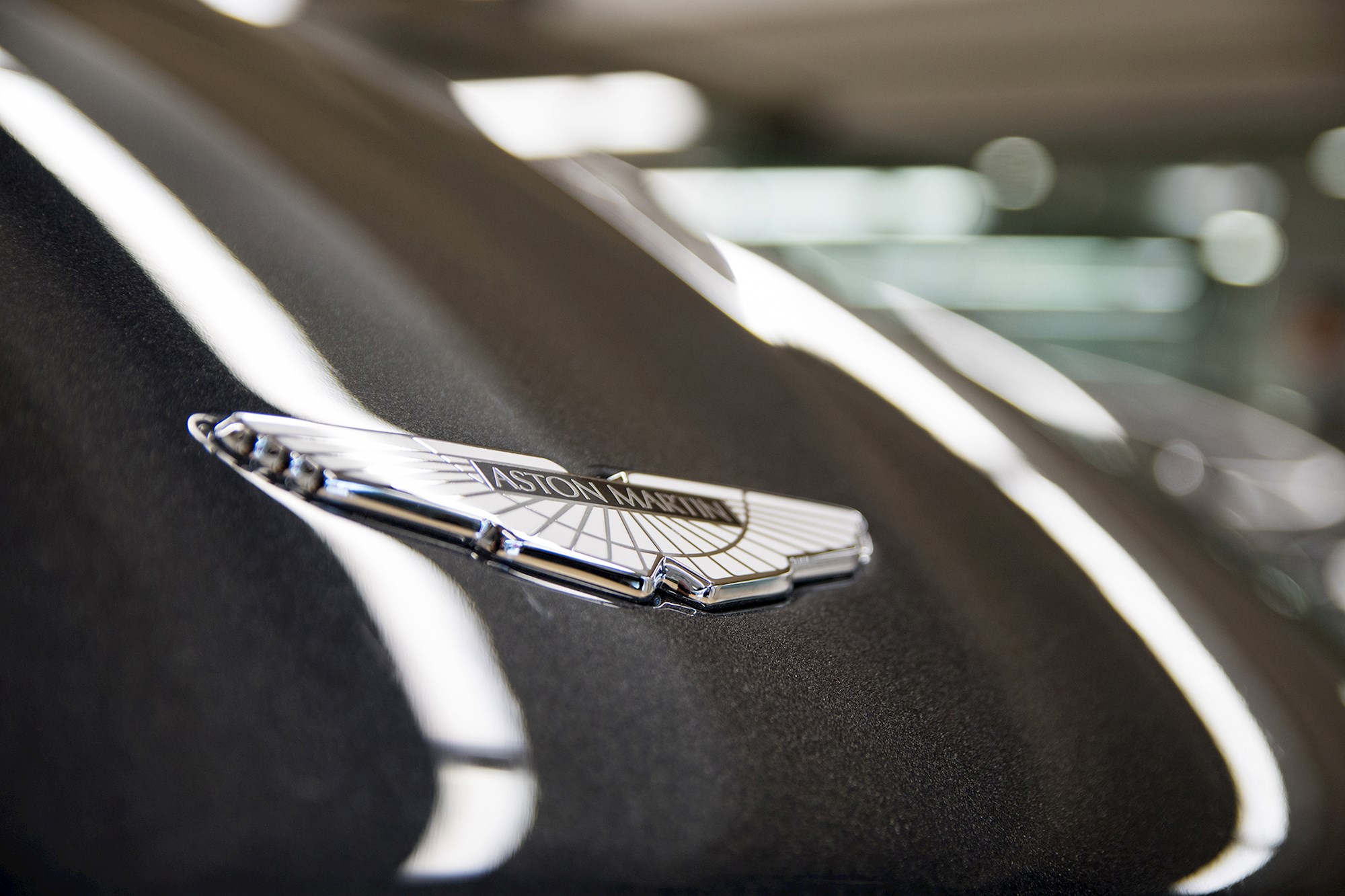
This means that those who tour Aston Martin Auckland’s Giltrap Group base on Great North Rd today will be the first members of the public in the world to lay their eyes on the DBS.
The Giltrap Group debut serves as a pit stop for the Superleggera. It’s set to be flown south to the Southern Hemisphere Proving Grounds in Cardrona for the manufacturer’s annual ‘Aston Martin on Ice’ event, where it will be put through its paces in a challenging, low-temperature, snowy climate.
It was with minimal thought and maximum excitement that we accepted an invite to take a cheeky early look.
Under the soft-closing clam-shell bonnet lies Aston Martin’s twin-turbo 5.2-litre V12; capable of sending 533kW and 900Nm of torque through a carbon-fibre prop-shaft and ZF eight-speed automatic transmission to its rear wheels.
The injection of added power was found through tweaks to the ECU and the addition of a quad-tipped exhaust system, among other changes to occur underneath the DBS’s skin.
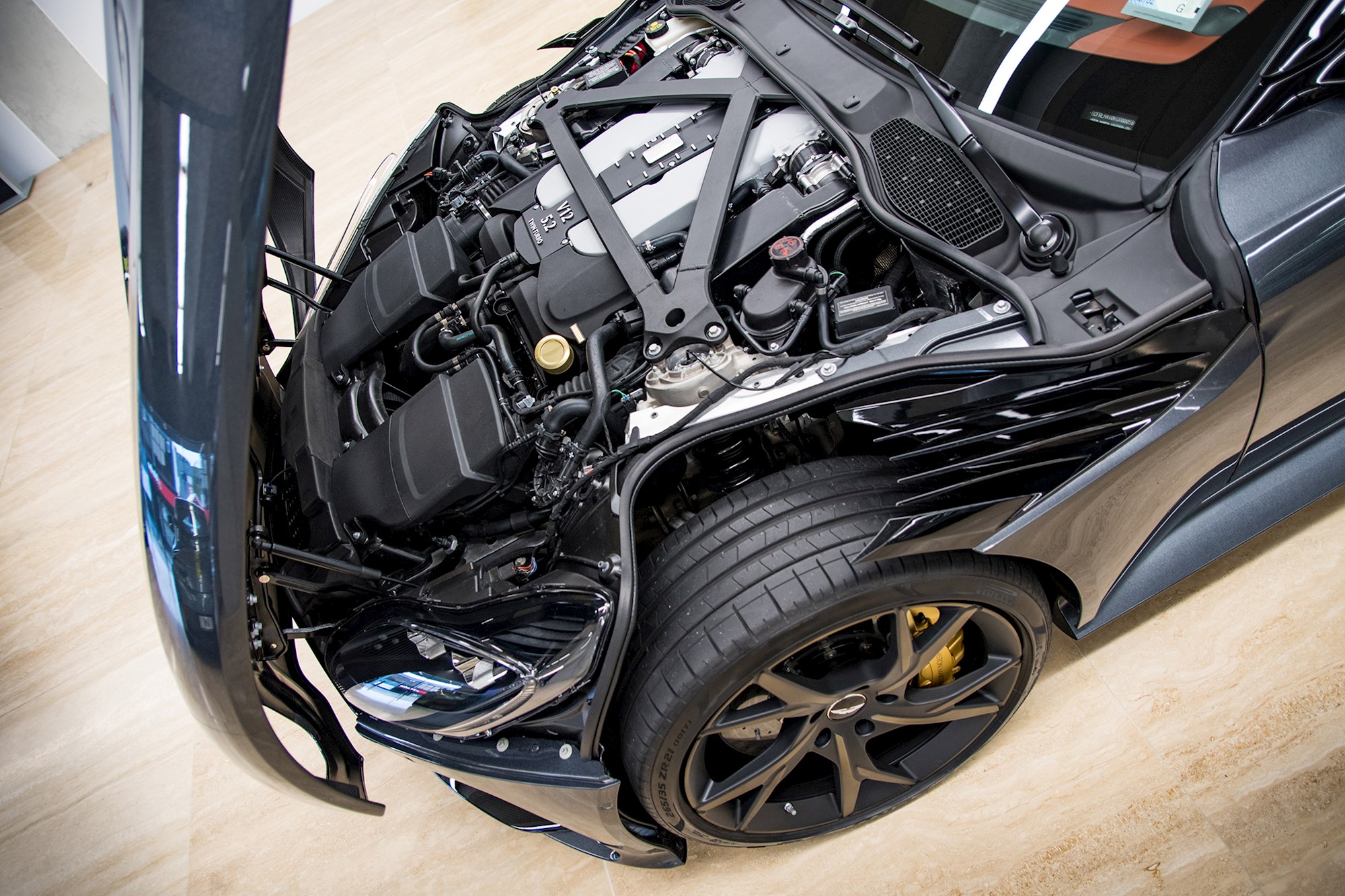
Those figures indicate an 86kW and 200Nm growth spurt over the Superleggera’s DB11 cousin, while also helping it complete the 0–100km/h sprint in 3.4 seconds. That makes it among the fastest accelerating cars in its class and only a handful of tenths away from bona-fide supercars like the McLaren 720S.
Of course, you probably already knew those numbers from Aston Martin's press release.
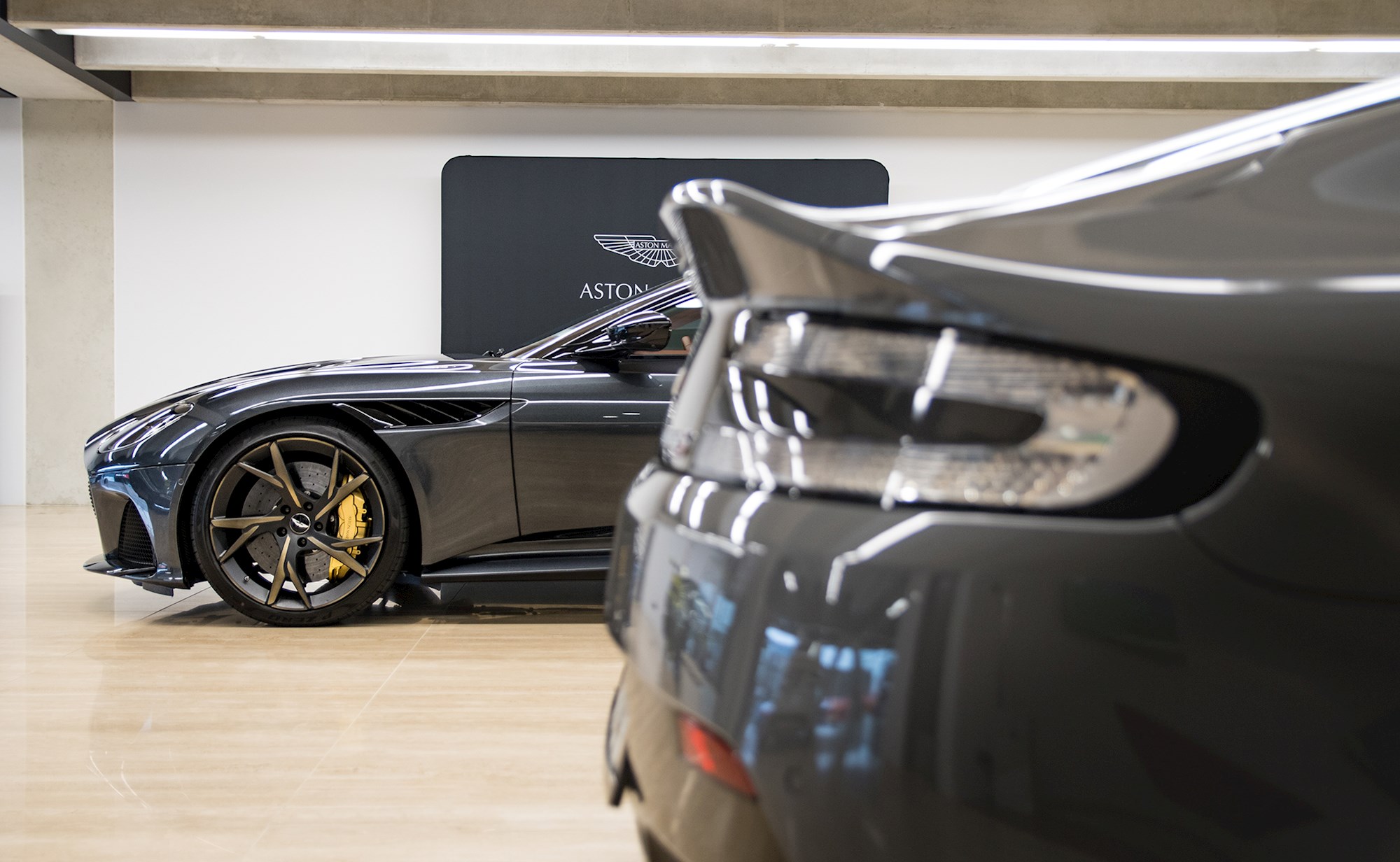
You probably also would've read about Superleggera's position as one of the most aerodynamically advanced series production cars Aston Martin has ever made (its various wings and inlets generate 180kg of downforce).
But a press release can only tell you so much. Through seeing something you've read about online in the flesh, you can learn so much more.
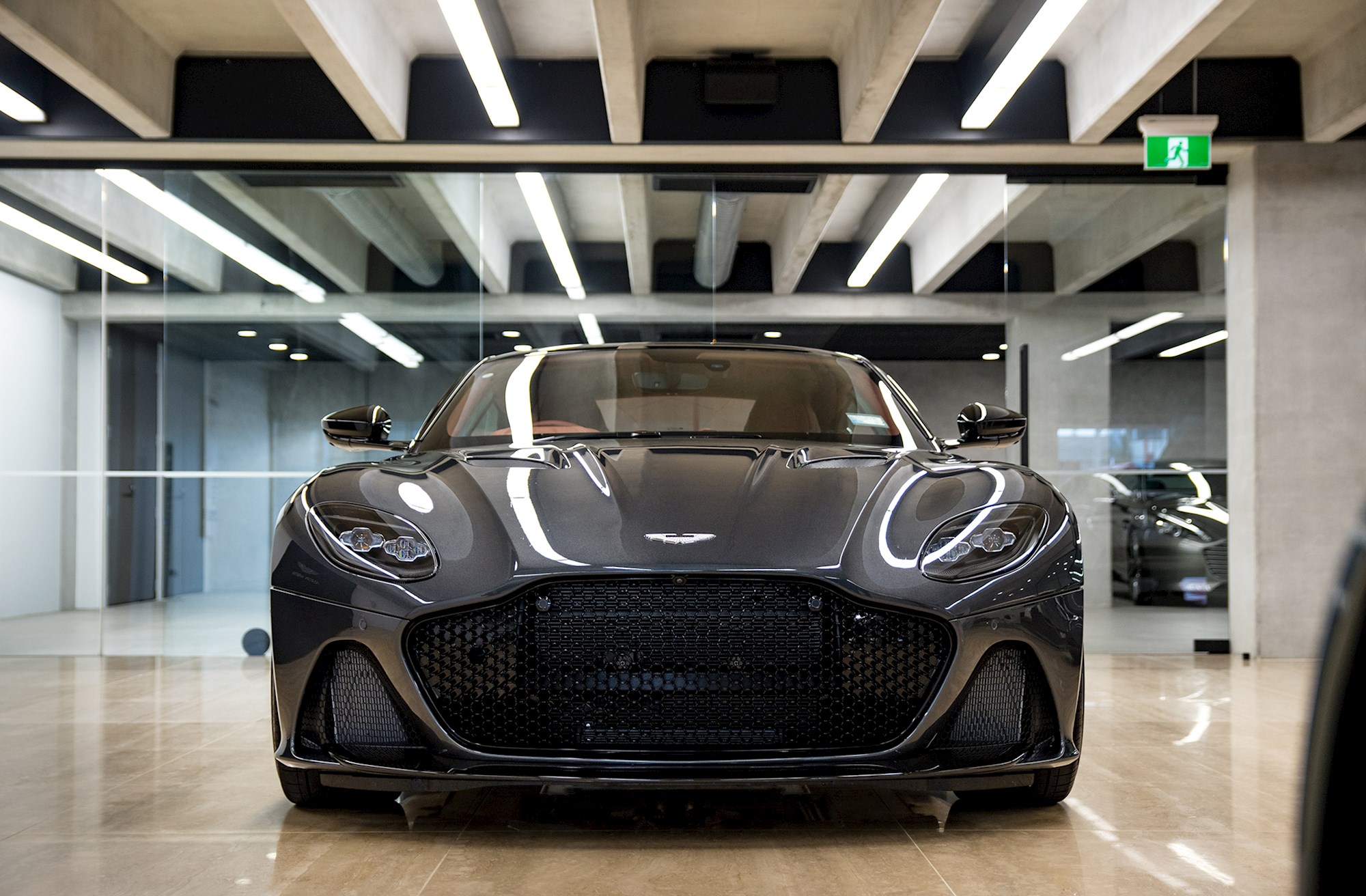
The Superleggera is the spiritual successor to the Vanquish, and you can see how it distances itself from the DB11 and new Vantage (which debuted here just a few weeks ago) straight away.
The vents aren't just bigger ... they're enormous. The gaping primary mouth on the nose is supported by two equally gaping vents on the flanks, plus a pair of nostrils on the bonnet. Naturally all of it is functional, as you can see by the lack of 'fake' filled holes.
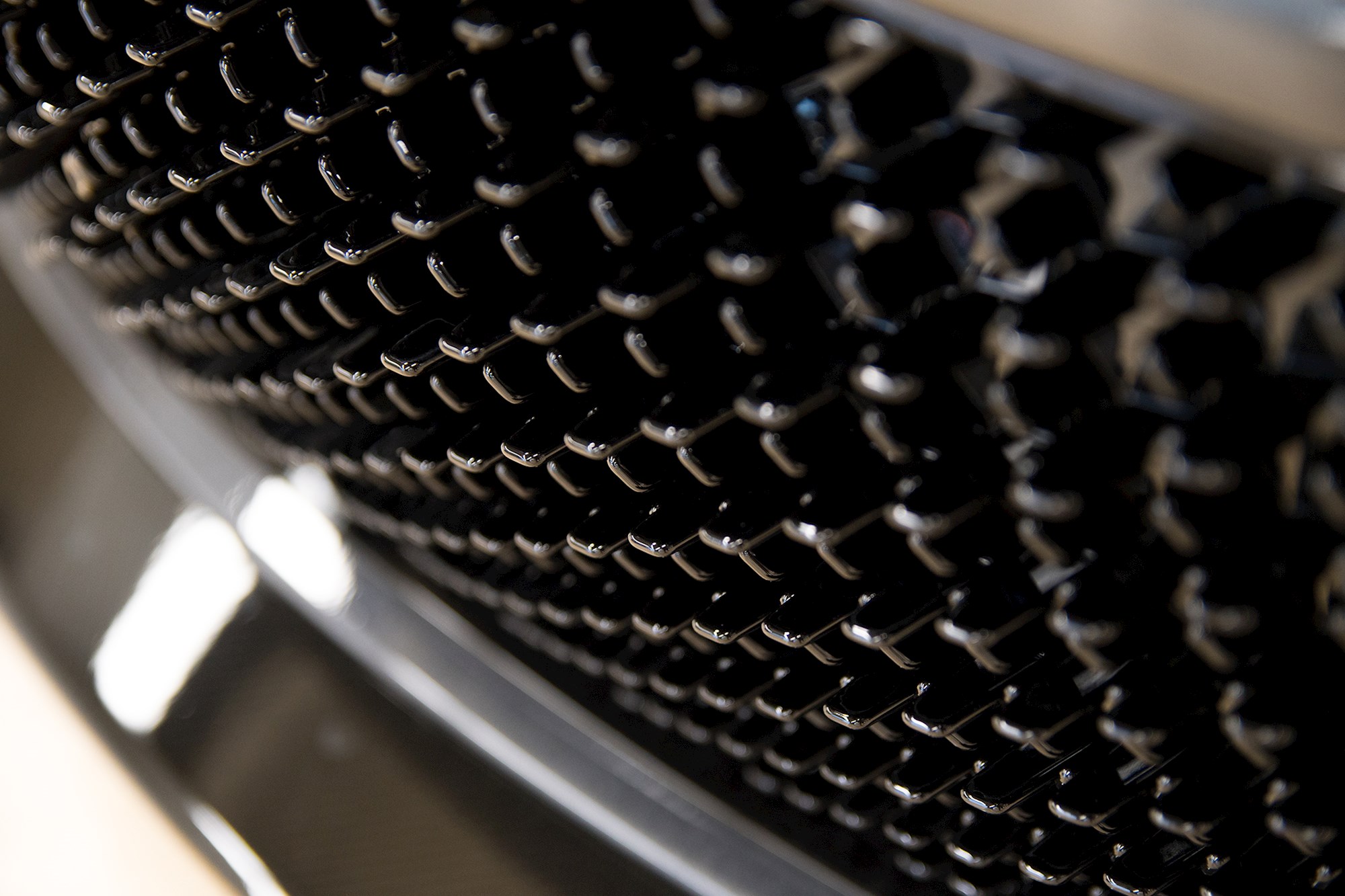
Grills aren't the only thing that's bigger, of course. Gouges in its bodywork are deeper and more complex, the carbon-ceramic brake discs and calipers are monstrous.
In isolation, it looks aggressive — though the way the light dances across its paint is beautiful, and unmistakably Aston Martin. But when parked next to the previous-gen Vantage or across the floor from a DB11 it looks positively evil.
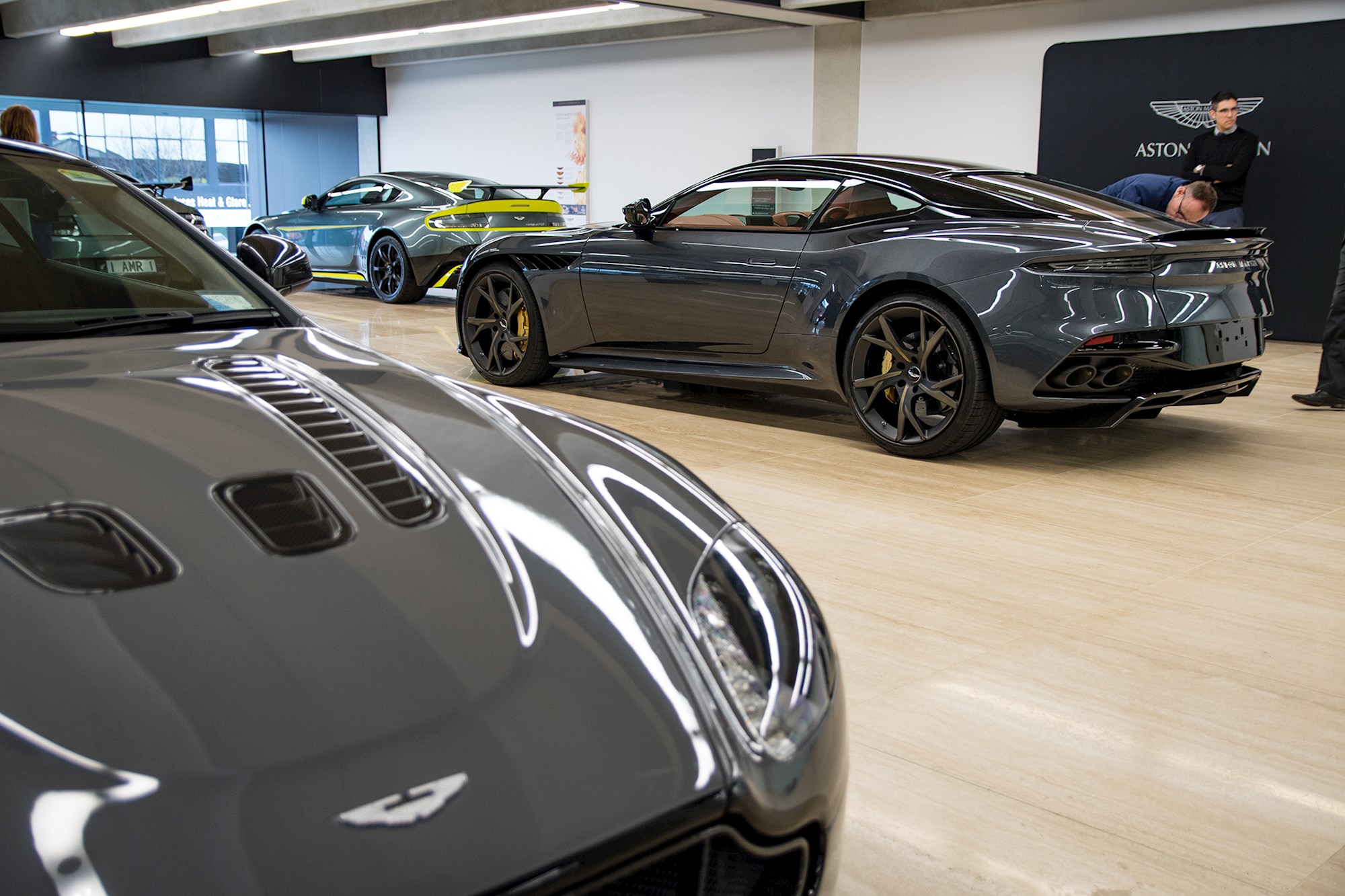
The rear, though still aggressive thanks to the addition of a huge diffuser, perhaps tells more about this car's close connection with the DB11.
It retains a 'pinched' appearance, made clearer by a more squinted set of taillights. It also retains the DB11's nifty 'AeroBlade' system which, in short, simulates the aero produced by a rear wing by sucking in air from vents built into the c-pillars before ejecting the disturbed air through an air duct.
Although, Aston Martin added a dedicated rear wing onto the Superleggera anyway because ... why wouldn't you?
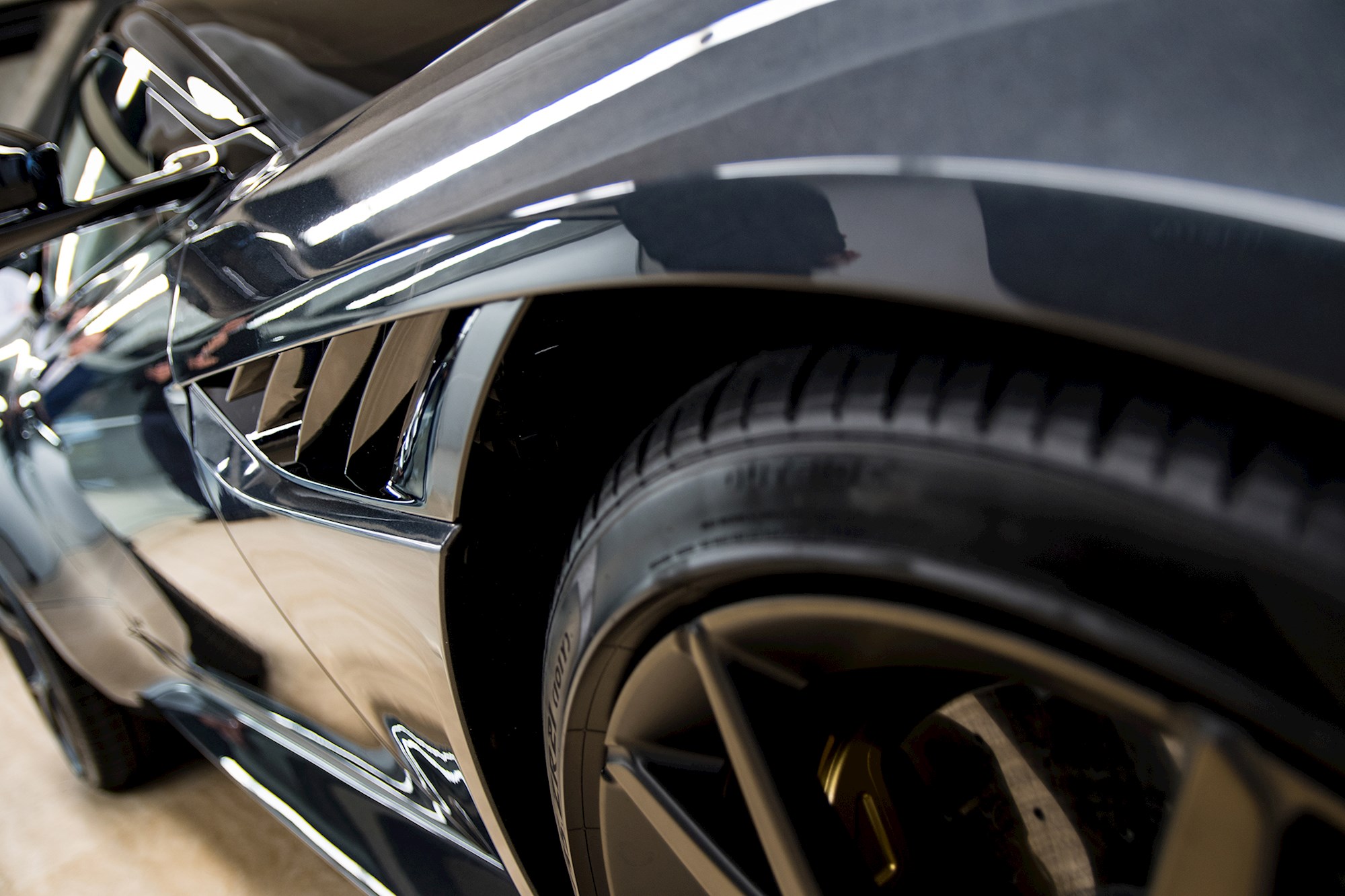
If there's a wildest piece of design on the Superleggera (apart from that mouth, of course), then it's probably this vent.
It sits behind the front wheels; cutting into the bodywork to carve out an outlet for turbulent air in the front wheel-wells. It's a design that we first saw on the purpose-built track-only Vulcan, and on the Superleggera it is intricate and beautiful up close — particularly when viewed from above while the bonnet is open.
Look beyond the lines and vents, and you'll find plenty of carbon fibre in the Superleggera's construction. It's not just in the headlight fixtures. The bonnet is carbon fibre, as is much of the rest of the DBS's bodywork. And what isn't formed in CF is made out of aluminium.
But don't think that it's made the Superleggera into some kind of 'leather-bound Lotus Exige'. This still a heavy machine with a kerb weight of 1800kg, and firmly a GT car with supercar muscles on its shoulders — rather than the other way around. On paper, at least.
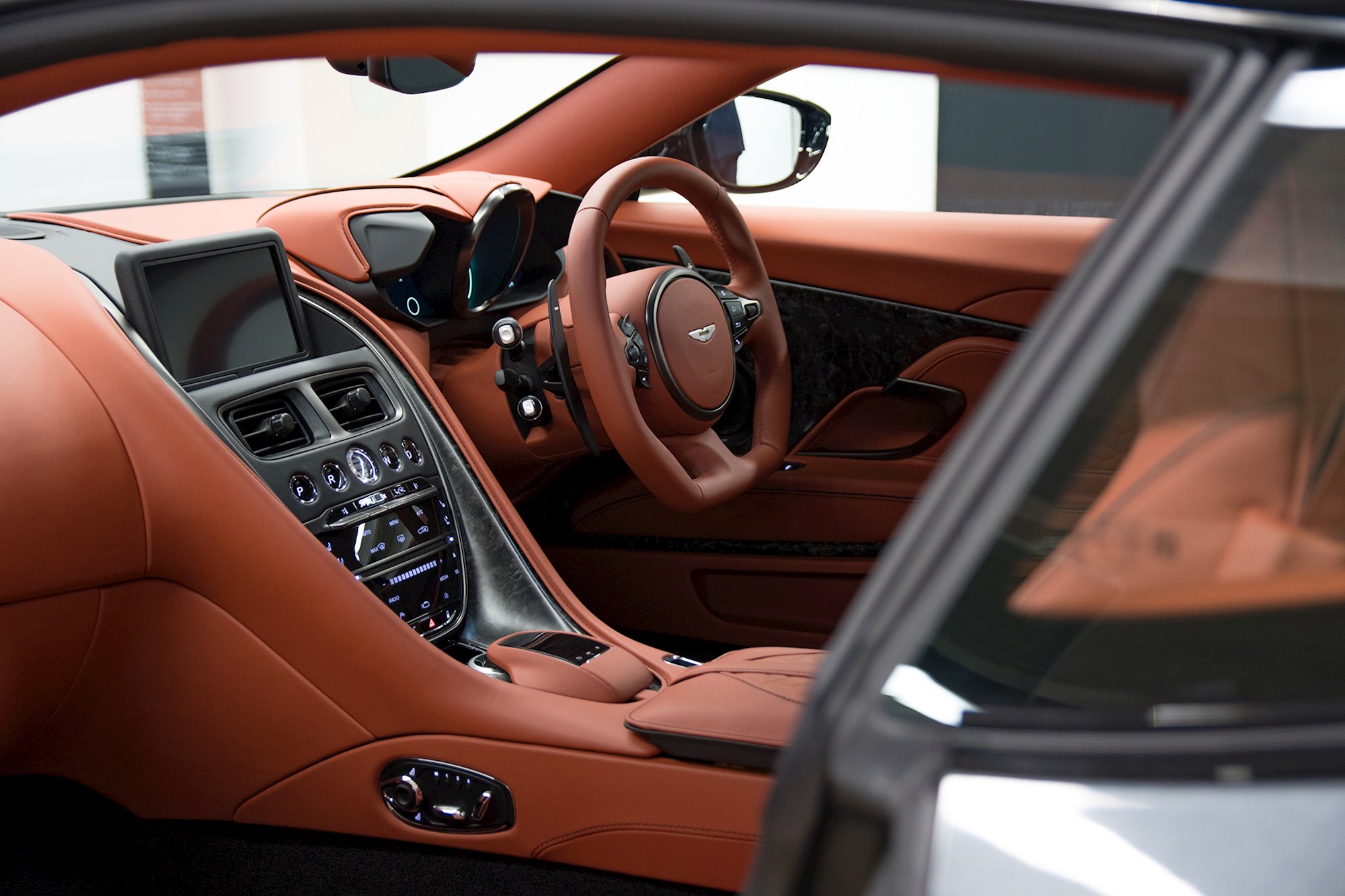
If the exterior is a departure, then the interior of the DBS feels just like home.
Not much in here is particularly distinct from the DB11. Leathers are crisp, quilted in places, and wonderfully finished; woods are matte and subtle; and a D-shaped steering wheel greets the driver.
But, it looks like most other Aston Martin cabins before it — traditional and old fashioned, while simultaneously trying to keep up with the times through its technology.
And that's ultimately the tightrope that Aston Martin finds itself having to walk at the moment. Charm, charisma, and history will only get you so far in today's market that requires so much focus on performance figures and next-gen powertrain tech.
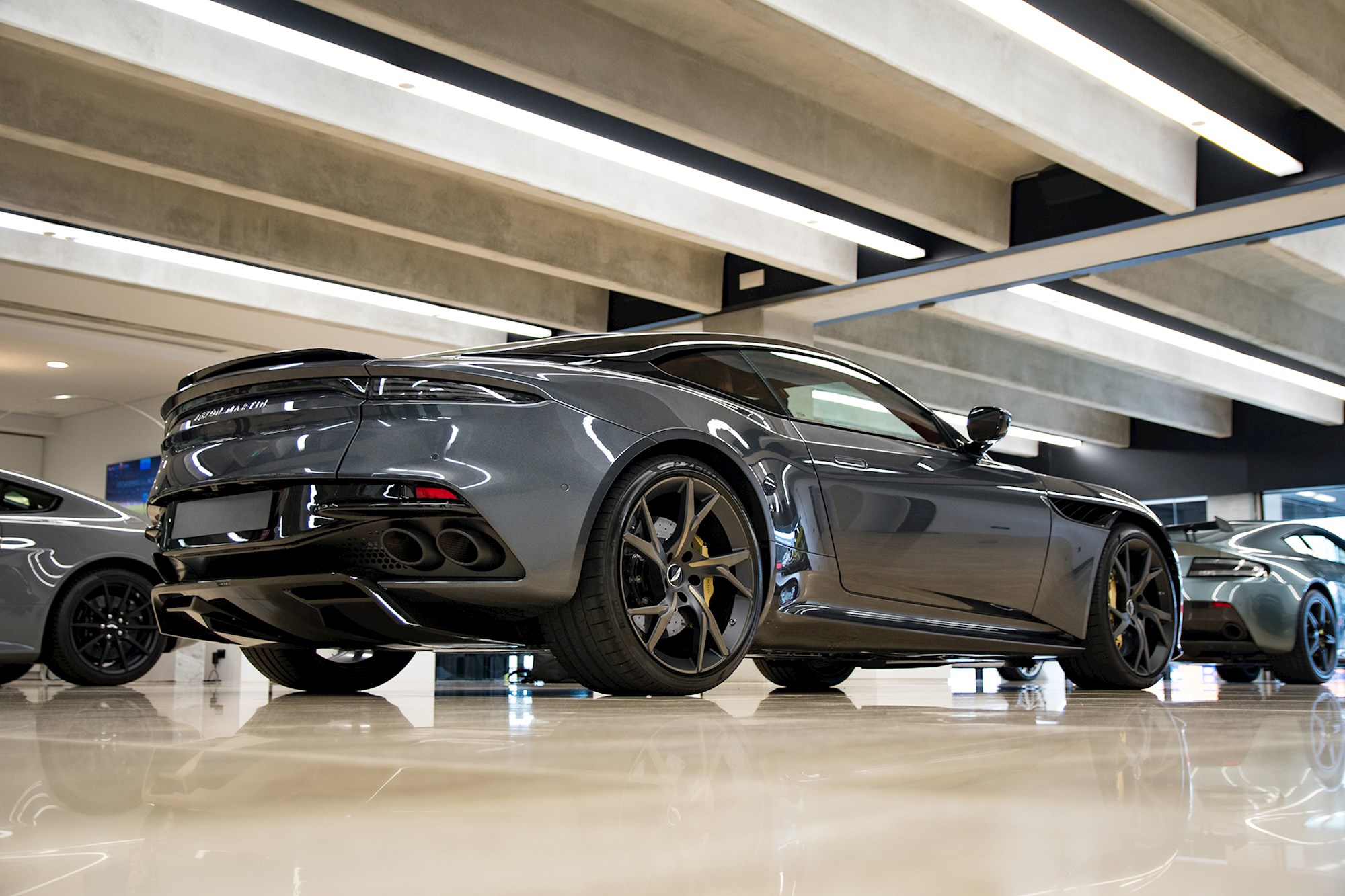
Whether the DBS Superleggera delivers fully on these thoughts remains to be seen. And the same goes for pricing, which hasn't been announced yet for the New Zealand market.
Over the ditch, a price of A$517,000 (NZ$565,000) is confirmed. Expect our price-tag to be smaller, given that we already pay much less for the DB11 and others.
But in the meantime, it's safe to say that our pictures — nor dark grays, for that matter — do not do the Superleggera justice. It is one of the best looking cars penned this side of the millennium, and well worth a look in the flesh.























